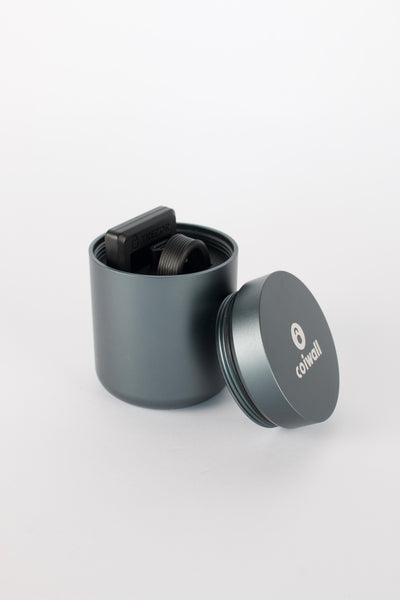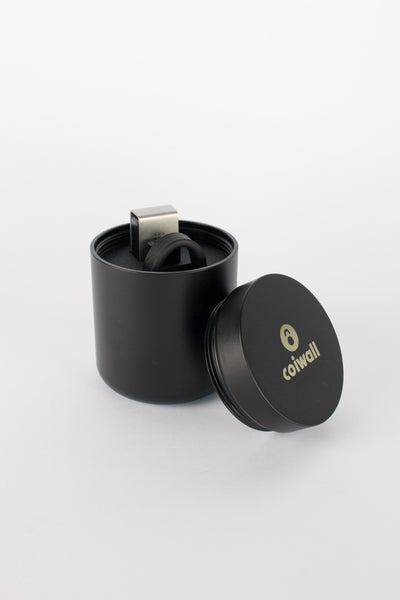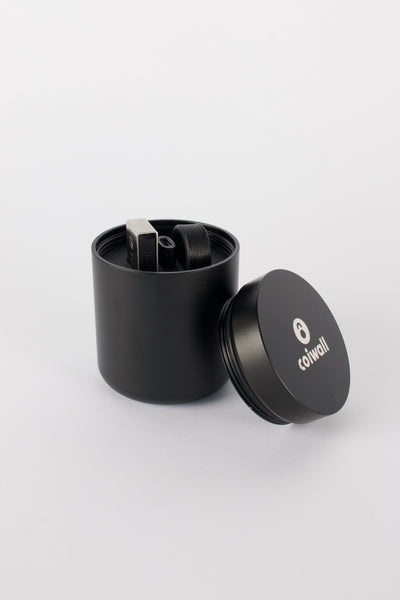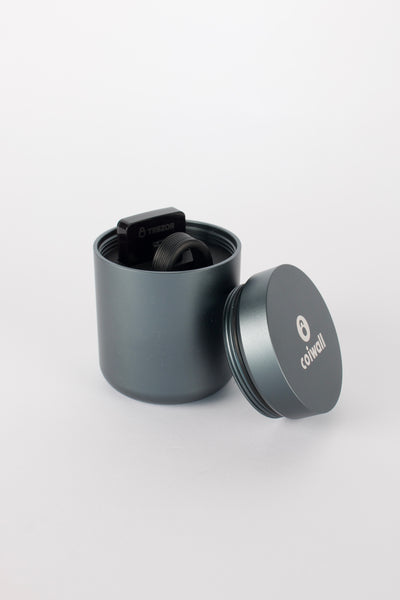Picture this: Way back in 2013, a bit of crypto history was written on a bustling BitcoinTalk forum. A user, perhaps a little giddy or just typing fast, meant to say they would “hold” onto their Bitcoin through a tumultuous market drop—but instead, their keyboard betrayed them. The word 'HODL' was born, a simple typo that caught fire and somehow evolved into the rallying cry of millions of digital asset enthusiasts. Today, HODL isn’t just a funny backstory—it’s a full-blown strategy, a mentality, and, for many, a badge of honor. But what really is HODLing, and why does it resonate so deeply in the crypto community?
“Why Not Just Sell?”—The Heart of HODLing
Let’s be honest here—watching your crypto stack tumble in value can spark some serious nerves. Markets swing wildly, red candles dance across the charts, and every fiber in your body screams, “Sell before it drops further!” Yet HODLers, with stoic faces (or maybe just closed laptop screens), sit tight. Why?
The core belief of a true HODLer is simple: Over time, the value of truly innovative blockchains—think Bitcoin or Ethereum—will outshine these wild swings. Like planting an acorn and waiting for the oak, HODLers trust the process, even when storms blow in. This isn’t about quick profits, it’s about faith in technology and a refusal to be rattled by every market tremor.
Behind the Mindset: Psychology of a HODLer
You’d think holding takes no effort—but let me tell you, it’s an emotional marathon. There’s a blend of stubbornness and optimism running through every HODLer. Here’s the thing—when everyone else is selling, you feel alone. But there’s a weird sort of pride in “holding on for dear life” (yep, some say that’s what HODL stands for, even if it started as a typo).
The fear of missing out (FOMO) when prices rocket up, or the equally paralyzing fear of buying too late, gives way to a steady patience: I’ll stay the course, whatever comes. Kind of like cheering for an underdog team, year after year.
Hardware Wallets: The HODLer’s Secret Fortress
Let’s take a detour and talk safety. If you’re planning to hold for years—maybe even decades—you need top-notch security. This is where devices like Trezor or Ledger wallets become indispensable. Imagine your crypto like treasure and these wallets as a high-tech safe, stashed deep underground.
Unlike keeping coins on an exchange, where hacks and closures do happen (just look at crypto history), these hardware wallets keep your assets offline, protected from digital mischief. You get control of your private keys and, really, peace of mind. Trezor and Ledger have become legends in the community, almost synonymous with serious, committed HODLing.
Are You a HODLer or Just Holding On?
It’s not uncommon for folks to say they’re HODLing, but are they really? HODLing is about conviction, not just reluctance to make a trade. The true believers:
- Resist the urge to check prices every five minutes
- Ignore the crypto tabloids predicting doom or infinite glory
- Sleep soundly knowing the next bull run might be years away
It’s patience, with a splash of bravery—and maybe a dash of ignorance-is-bliss, let’s be real.
Real-Life Tales: Notable HODLers and Their Stories
Did you know some of the earliest Bitcoin holders are still HODLing after more than a decade? There are tales of wallets untouched since the coin’s launch—possibly belonging to Satoshi Nakamoto (the pseudonymous creator). While not all of us can claim such legendary status, stories like these light a tiny fire in every modern HODLer’s heart, fueling dreams of future fortunes.
Of course, for every long-term sage, there are the so-called “paper hands”—folks who panic sell at the slightest price dip. The line between genius and folly can be razor thin, especially when the market turns sour. Honestly, everyone’s a genius in a bull market, but only real HODLers earn their stripes through bear markets.
Trading vs. HODLing: Which Path Calls to You?
Let’s not sugarcoat it—HODLing isn’t for everyone. Some love the adrenaline rush of daily trading, riding uptrends and shorting the drops. Day traders tap into technical analysis, maybe even automated bots, aiming for quick wins. If you thrive on fast-paced action and can stomach some sleepless nights, trading might be your thing.
On the flip side, HODLers play the long game. There’s less stress about timing the market, but you might watch huge unrealized gains evaporate in a flash. Then again, check the history: many HODLers who simply “forgot” their Bitcoin found themselves holding millions a few years later.
- Pros of HODLing: Simple strategy, lower trading fees, and a chance to capture major upswings.
- Cons: Exposed to downturns, potential for long stretches of inactivity, and you might miss out on short-term profits.
Either way, picking a side is almost like choosing between coffee and tea—both have their merits, but you’ll probably know which fits your style.
Modern Spin: HODL as a Product
Believe it or not, 'HODL' has even become a brand name. Investment products like the 21Shares Crypto Basket Index ETP and VanEck’s Bitcoin ETF are labeled with the term, making it both a strategy and a sellable asset. These funds track major cryptocurrencies and promise secure, institutional-grade storage—just right for folks who want to HODL without the hassle of managing private keys.
There’s even an environmental tilt: some of these products work toward offsetting crypto mining’s carbon footprint, showing how the HODL spirit can evolve (and clean up) with the times. Now, that’s holding with a conscience.
In the End—To HODL or Not to HODL?
So, is HODLing wisdom or just a stubborn bet on the unknown? Maybe a little bit of both. The journey’s not for the faint of heart, and even the bravest need a plan (and a hardware wallet, right?). As the market matures and more people join, the HODL philosophy continues to shape crypto’s culture and direction—sometimes calm, sometimes rowdy, always a little bit quirky.
Whether you’re just starting out or already a weathered crypto veteran, remember: There’s no single right way to do it. As the original HODLer probably realized after that typo, sometimes the best moves are the ones that surprise even yourself.











